If you’re looking for a low-maintaining houseplant, a waxy leaf houseplants may be a good option for you. These plants are known for their glossy, thick leaves, which help them retain water and moisture. Waxy leaf plants come in a variety of shapes and sizes, so you can find one that fits your space. They’re also available in a range of colors, from green to burgundy.
One of the main advantages of waxy leaf plants is that they’re very tolerant of low light conditions. This makes them ideal for rooms that don’t get a lot of natural light. They can also tolerate higher temperatures than some other houseplants.
However, they’re intolerant of drafts or cold temperatures. Hence, you’ll need to keep your plant indoors during the winter, if you live in a colder climate.
Likewise, waxy leaf plants can be toxic to pets and children if ingested. So it’s advisable to choose another type of houseplant if your pets and children can’t stay away from plants.
Overall, waxy leaf plants make a great addition to any home. They’re easy to care for and can thrive in a variety of conditions. Just be sure to keep them away from drafts and cold temperatures, and out of reach of children and pets.
The Benefits Of Waxy Leaf Houseplants
Waxy leaf houseplants are great for many reasons. They are easy to care for, they help purify the air, and they can even help boost your mood. Here are some of the top benefits of waxy leaf houseplants:
Low-maintaining
Waxy leaf houseplants are very easy to care for. They don’t require a lot of water or attention. You can simply water them when the soil is dry and they will be fine.
Air purifiers
Waxy leaf houseplants are great at purifying the air. They help remove toxins and pollutants from the air, making it healthier for you to breathe.
Mood booster
Waxy leaf houseplants can also help boost your mood. They can help you feel more relaxed and calm, and they can even help reduce stress levels.
Visual appeal
Waxy leaf houseplants can add a lot of visual interest to your home. They come in a variety of shapes, sizes, and colors, so you can easily find one that will fit in with your decor.
Different Types Of Waxy Leaf Houseplants
There are different types of waxy leaf houseplants, each with its own set of pros and cons.
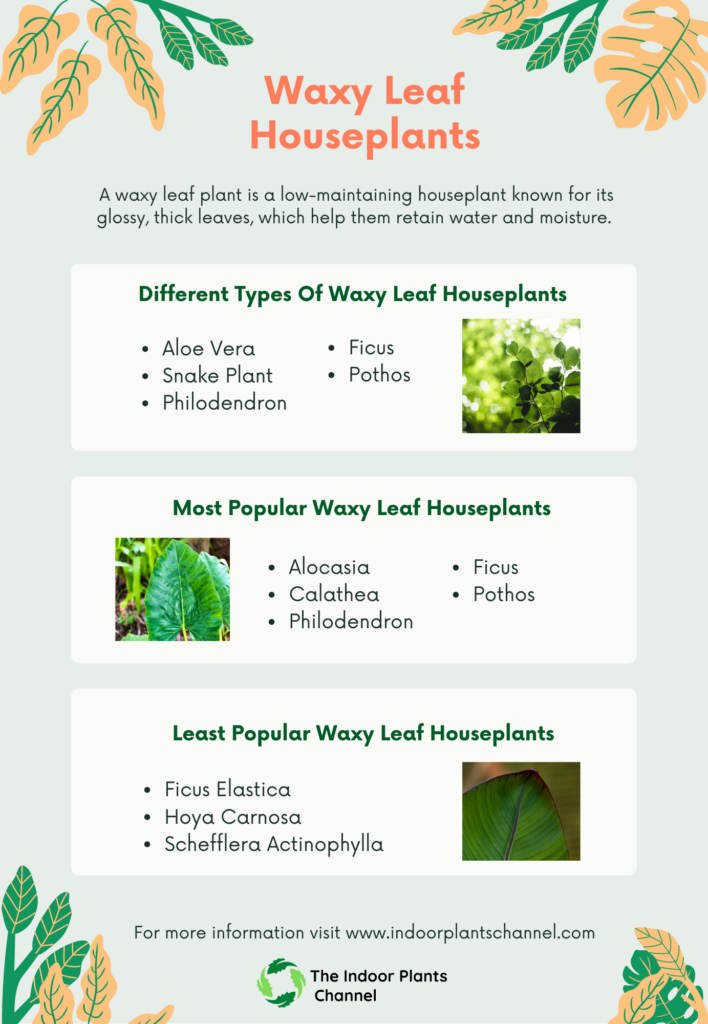
Here is a quick overview of some of the most popular types:
1. Aloe Vera
Aloe vera is a popular type of waxy leaf houseplant. It is easy to care for and can tolerate a wide range of conditions. However, it is important to keep aloe vera out of direct sunlight, as this can cause the leaves to scorch.
2. Snake Plant
Snake plants are another popular type of waxy leaf houseplant. They are very easy to care for and can tolerate a wide range of conditions. However, they can be toxic to pets if ingested.
3. Philodendron
Philodendrons are a popular type of waxy leaf houseplant. They are very easy to care for and can tolerate a wide range of conditions.
4. Ficus
Ficus is a popular type of waxy leaf houseplant. It is easy to care for and can tolerate a wide range of conditions. However, it is important to keep ficus out of direct sunlight, as it can burn the leaves.
5. Pothos
Pothos is a popular type of waxy leaf houseplant. It is very easy to care for and can tolerate a wide range of conditions. However, it can be toxic to pets if ingested.
The Most Popular Waxy Leaf Houseplants
Waxy leaf houseplants are a great way to add some greenery to your home without having to worry about watering them too often.
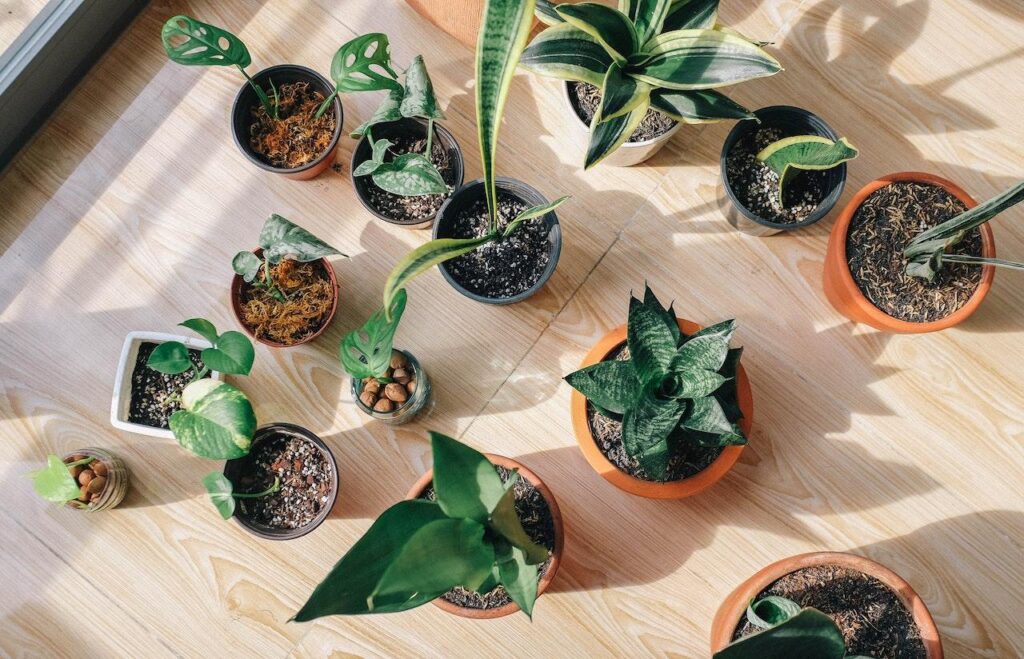
However, there are a few things to consider before purchasing one of these plants.
- One of the most important things to consider is the size of the plant. Waxy leaf houseplants can range from small to large, so you’ll need to make sure you have enough space for the plant you’re interested in.
- Another thing to keep in mind is the amount of light the plant will need. Some waxy leaf house plants require more light than others, so be sure to research the plant you’re interested in to make sure it will be able to thrive in your home.
- Finally, you’ll need to consider the price of the plant. Waxy leaf houseplants can range in price from relatively affordable to quite expensive, so be sure to set a budget before you start shopping.
Now that you know the basics, here are some of the most popular waxy leaf houseplants to choose from:
1. Alocasia
Alocasia is a popular choice for waxy leaf houseplants because it’s relatively easy to care for and it comes in a wide variety of sizes and shapes. It’s a good idea to research the specific type of Alocasia you’re interested in purchasing, as some varieties require more care than others.
2. Ficus
Ficus is another popular choice for waxy leaf houseplants. It’s a bit more difficult to care for than Alocasia, but it can make a beautiful addition to your home. Be sure to do your research before purchasing a Ficus, as some varieties can be quite finicky.
3. Philodendron
Philodendron is a classic choice for waxy leaf houseplants. It’s relatively easy to care for and it’s available in a wide variety of sizes and shapes. Philodendron is a great choice for beginner plant parents.
4. Calathea
Calathea is a beautiful, but delicate, choice for waxy leaf houseplants. It requires a bit more care than some of the other plants on this list, but it’s definitely worth the effort. Calathea is a great choice for anyone looking for a plant that makes a big impact.
5. Pothos
Pothos is a great choice for waxy leaf house plants because it’s very easy to care for. It’s a great plant for beginners or for anyone who doesn’t want to worry about watering their plants too often. Pothos is also a great choice for anyone who wants a plant that can grow quite large.
The Least Popular Waxy Leaf Houseplants
Waxy leaf houseplants are not as popular as other types of houseplants, but they have their own unique benefits. Here are some of the least popular waxy leaf houseplants and their pros and cons:
1. Ficus Elastica
Also known as the rubber plant, this waxy leaf houseplant is native to India and Malaysia. It is a fast-growing plant that can reach up to 30 feet tall in its natural habitat. However, when grown as a houseplant, it is usually much smaller. The rubber plant has large, dark green leaves with a rubbery texture. It is a relatively low-maintenance plant, but it does require some pruning to keep it under control.

Pros: The rubber plant is a fast-growing plant that is relatively low-maintenance. It is also known to be very tolerant of neglect.
Cons: The rubber plant can be toxic to pets if they eat the leaves. It is also a relatively large plant, so it may not be suitable for small homes or apartments.
2. Hoya Carnosa
Hoya Carnosa is known as the wax plant or waxflower, this waxy leaf houseplant is native to India, China, and Southeast Asia. It is a climbing plant that can reach up to 20 feet in length. The wax plant has small, dark green leaves and fragrant white flowers. It is a relatively low-maintenance plant, but it does require some pruning to keep it under control.

Pros: The wax plant is a relatively low-maintenance plant that is known to be tolerant of neglect. It is also a fast-growing plant that can provide quick coverage for bare walls or fences.
Cons: The wax plant can be toxic to pets if they eat the leaves. It is also a relatively large plant, so it may not be suitable for small homes or apartments.
3. Schefflera Actinophylla
Also known as the umbrella tree, this waxy leaf houseplant is native to Australia and New Zealand. It is a fast-growing plant that can reach up to 20 feet tall in its natural habitat. However, when grown as a houseplant, it is usually much smaller. The umbrella tree has large, dark green leaves with a leathery texture. It is a relatively low-maintenance plant, but it does require some pruning to keep it under control.

Pros: The umbrella tree is a fast-growing plant that is relatively low-maintenance. It is also known to be tolerant of neglect.
Cons: The umbrella tree can be toxic to pets if they eat the leaves. It is also a relatively large plant, so it may not be suitable for small homes or apartments.
The Best Places To Buy Waxy Leaf Houseplants
There are a few things to keep in mind when shopping for waxy leaf houseplants.
- Consider the climate where the plant will be growing. If the climate is too hot or too cold, the plant may not thrive.
- Think about the amount of sunlight the plant will need. Waxy leaf houseplants need bright, indirect light to grow well.
- Choose a pot that is the right size for the plant. A pot that is too small will stunt the plant’s growth, while a pot that is too large will make the plant difficult to care for.
Now that you know what to look for, here are some of the best places to buy waxy leaf houseplants:
1. Amazon.com
Amazon.com is a great place to buy waxy leaf houseplants. They have a wide selection of plants to choose from, and they offer free shipping on orders over $25. Plus, Amazon.com often has sales on plants, so you can save even more money.
2. Home Depot
Home Depot is another great place to buy waxy leaf houseplants. They also have a wide selection of plants to choose from, and they offer free shipping on orders over $45. Home Depot also has a price match guarantee, so you can be sure you’re getting the best deal on your plant.
3. Lowe’s
Lowe’s is another great option for buying waxy leaf houseplants. They offer free shipping on orders over $49, and they have a wide selection of plants to choose from. Lowe’s also has a price match guarantee, so you can be sure you’re getting the best deal on your plant.
4. Walmart
Walmart is a great place to buy waxy leaf house plants because they have a wide selection of plants to choose from. They also offer free shipping on orders over $35. Plus, Walmart often has sales on plants, so you can save even more money.
5. Etsy
Etsy is a great place to buy waxy leaf house plants because you can find a wide variety of unique plants. Their sellers also often offer discounts on shipping, so you can save even more money.
How To Care For Waxy Leaf Houseplants
Waxy leaf houseplants are a great addition to any home. They are easy to care for and can thrive in a variety of environments.
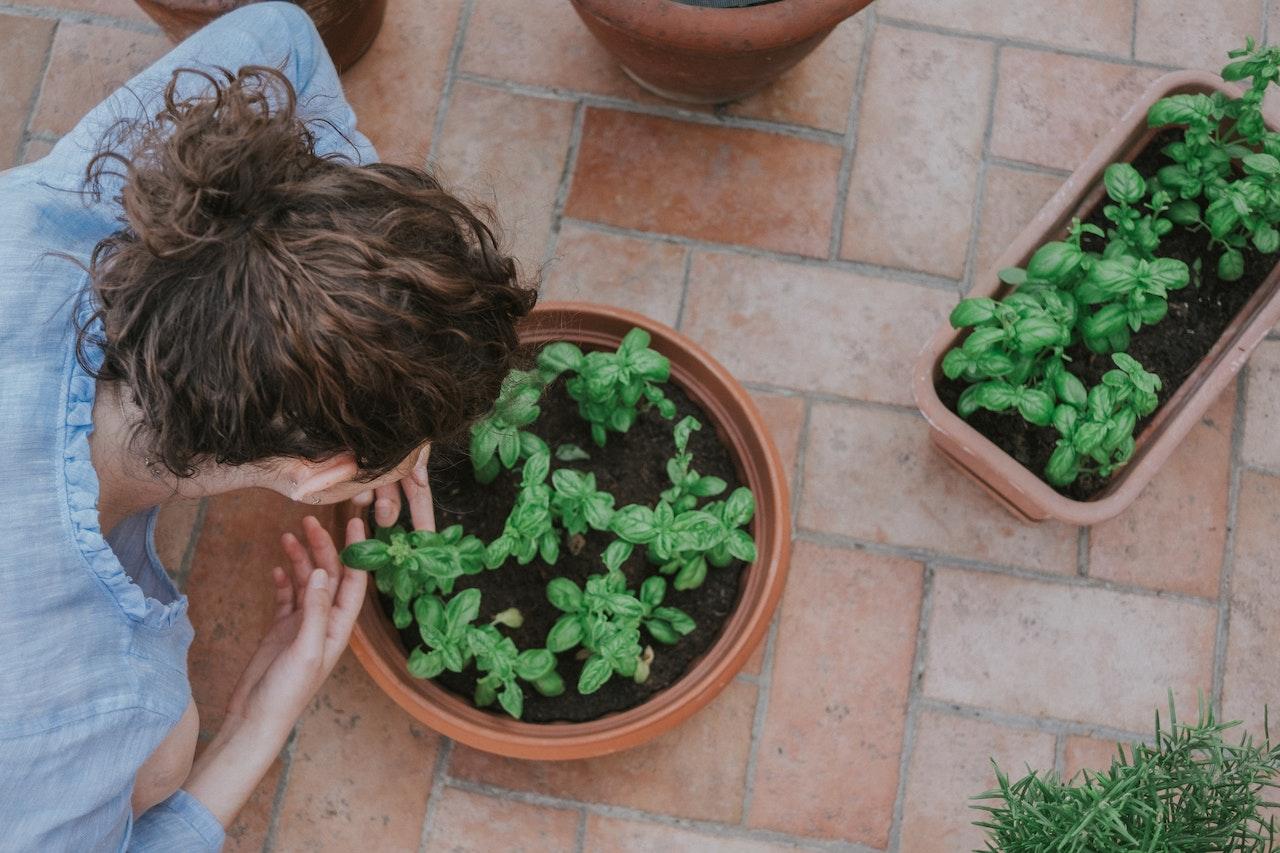
Here are some tips on how to care for your waxy leaf houseplants:
- When watering your waxy leaf houseplants, be sure to use room temperature water. Overly hot or cold water can damage the leaves.
- Place your waxy leaf houseplants in an area with bright, indirect light. Too much direct sunlight can scorch the leaves.
- Fertilize your waxy leaf house plants every two weeks with a balanced fertilizer.
- Be sure to check the leaves regularly for pests. If you see any pests, treat the plant with insecticidal soap.
The Drawbacks Of Waxy Leaf Houseplants
While waxy leaf houseplants have a lot of great benefits, there are also some drawbacks that you should be aware of before you decide to get one.
- One of the biggest drawbacks of waxy leaf house plants is that they are very susceptible to mealybugs. Mealybugs are small, white insects that feed on the sap of plants. They can cause a lot of damage to a plant, and they are very difficult to get rid of once they infest a plant. If you have mealybugs on your waxy leaf houseplant, you will likely need to get rid of the plant.
- Another drawback of waxy leaf house plants is that they are not drought tolerant. That is, they will need to be watered more often than other types of houseplants. If you live in an area with low humidity, you may need to water your waxy leaf houseplant more often than you would like.
How To Propagate Waxy Leaf Houseplants
Waxy leaf houseplants are very easy to propagate. All you need is a sharp knife and a pot with some soil in it.
- First, take your sharp knife and cut a piece off of the plant that you want to propagate. Make sure that the piece you cut off has at least one leaf on it.
- Next, put the piece of the plant that you cut off into the pot with some soil in it. Make sure that the leaf that is on the piece is pointing up.
Now, all you have to do is wait for the plant to grow! In a few weeks, you will have a new waxy leaf houseplant!
How To Troubleshoot Common Problems With Waxy Leaf Houseplants
If your waxy leaf houseplant is not looking its best, there are a few things you can do to troubleshoot the problem.
- First, check the greenness of the leaves. If they’re green, good. If not, this could be a sign of a nutrient deficiency. You can try fertilizing your plant with a balanced fertilizer to see if this helps.
- If the leaves are yellowing or browning, this could be a sign of too much water or too little light. Check the soil to see if it is too wet or too dry. If it is too wet, try letting the plant dry out a bit before watering it again. If it is too dry, try giving it a little more water. You can try moving it to a different location if you think the plant is getting too much or too little light.
- If the leaves are curling or wilting, there may be a water shortage, an excessive amount of heat or cold, or an insect infestation. To determine whether the soil is excessively moist or dry, examine it.
Try letting the plant dry out a little before giving it another watering if it is too damp. Try giving it a bit more water if it is too dry. You might try shifting the plant to a different position if you believe it is receiving too much or too little light.

You might try transferring the plant to a different spot if you believe it is receiving too much or too little heat or cold. If you notice any insects on the plant, you should remove them with an insecticide that can’t harm your plant.
- If you can’t figure out what the problem is, you can always take your plant to a garden center or nursery and ask for help.
Bonus Tips
- Make a list of the pros and cons of waxy leaf houseplants.
- Do some research on the best way to care for waxy leaf houseplants.
- Find some creative ways to display waxy leaf houseplants in your home.
- Experiment with different ways of watering your waxy leaf houseplants to see what works best for them.
- Try out different types of potting soil and fertilizer to see what helps your waxy leaf houseplants thrive.
- Take some time to trim and shape your waxy leaf houseplants to keep them looking their best.
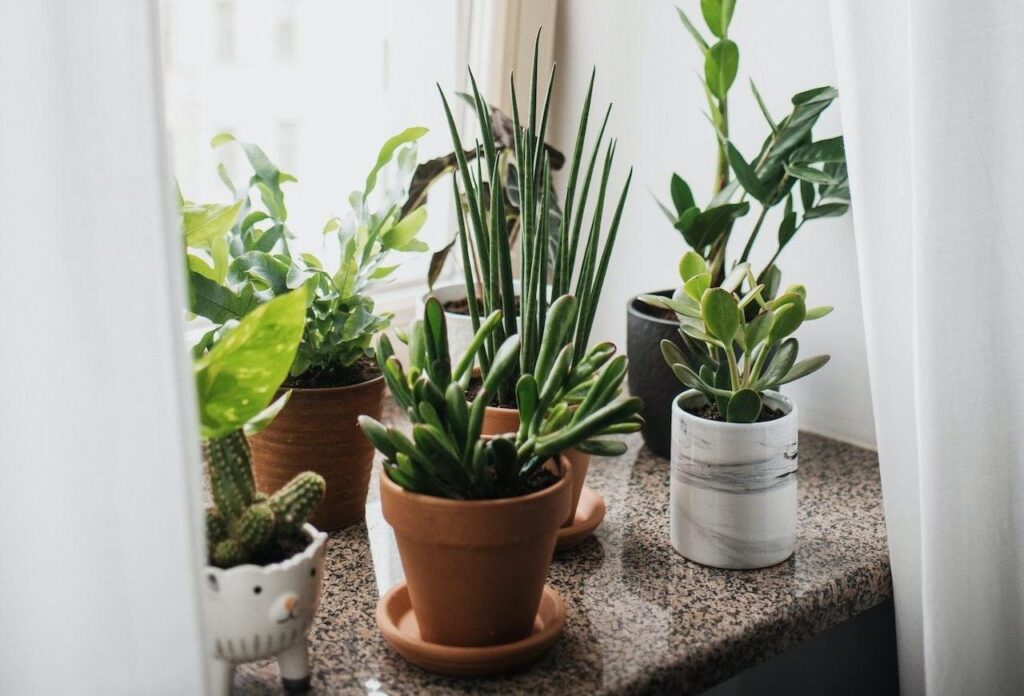
Frequently Asked Questions
1: What are waxy leaf houseplants?
Waxy leaf houseplants are plants known for their glossy, thick leaves that help retain moisture. These plants are ideal for low-maintenance environments and come in various shapes, sizes, and colors, such as green, burgundy, and even variegated varieties.
2: How do waxy leaf houseplants help purify the air?
Waxy leaf houseplants are effective at purifying the air by removing toxins and pollutants, improving indoor air quality. This makes them excellent choices for enhancing the atmosphere in your home or office.
3: Are waxy leaf houseplants easy to care for?
Yes, waxy leaf houseplants are low-maintenance and easy to care for. They require minimal watering, prefer indirect light, and are well-suited for a variety of indoor environments. Just ensure they are kept away from drafts and extreme temperatures.
4: Can waxy leaf houseplants tolerate low light conditions?
Yes, waxy leaf houseplants are known for their ability to thrive in low light conditions. This makes them perfect for rooms with limited natural sunlight, as long as they are placed in indirect light.
5: Are waxy leaf houseplants safe for pets?
Some waxy leaf houseplants, such as the snake plant and pothos, can be toxic to pets if ingested. Always ensure that your plants are placed out of reach of curious pets, or consider choosing non-toxic alternatives if you have animals at home.
Conclusion
If you’re considering adding a waxy leaf houseplant to your home, be sure to weigh the pros and cons carefully. These plants can be beautiful and low-maintenance, but they may also be more susceptible to pests and diseases. Ultimately, the best decision for your home will depend on your personal preferences and the needs of your space.
Michelle Wilde
Related posts
1 Comment
Leave a Reply Cancel reply
![]()
About Michelle Wilde
Michelle Wilde is a stay-at-home mom and avid plant lover. Armed with a post-graduate degree in Computer Science (no kidding!), she loves researching plants and landscapes. When she is not caring for her 4 kids, she spends time on her passion for plants. She blogs at www.indoorplantschannel.com, the trusted source for indoor plants.
Learn more
Subscribe
* You will receive the latest posts and updates about indoor plants!
Search
Recent Posts
Categories
- Beginner Guides (10)
- FAQ (206)
- General (2)
- How-To Guides (212)
- Indoor Plants (214)
- Pest Management (2)
- Plant Problem Solutions (4)
- Seasonal Growing (2)
- Specialized Environments (2)
- Specific Plant Care (3)
- Technical Growing (2)
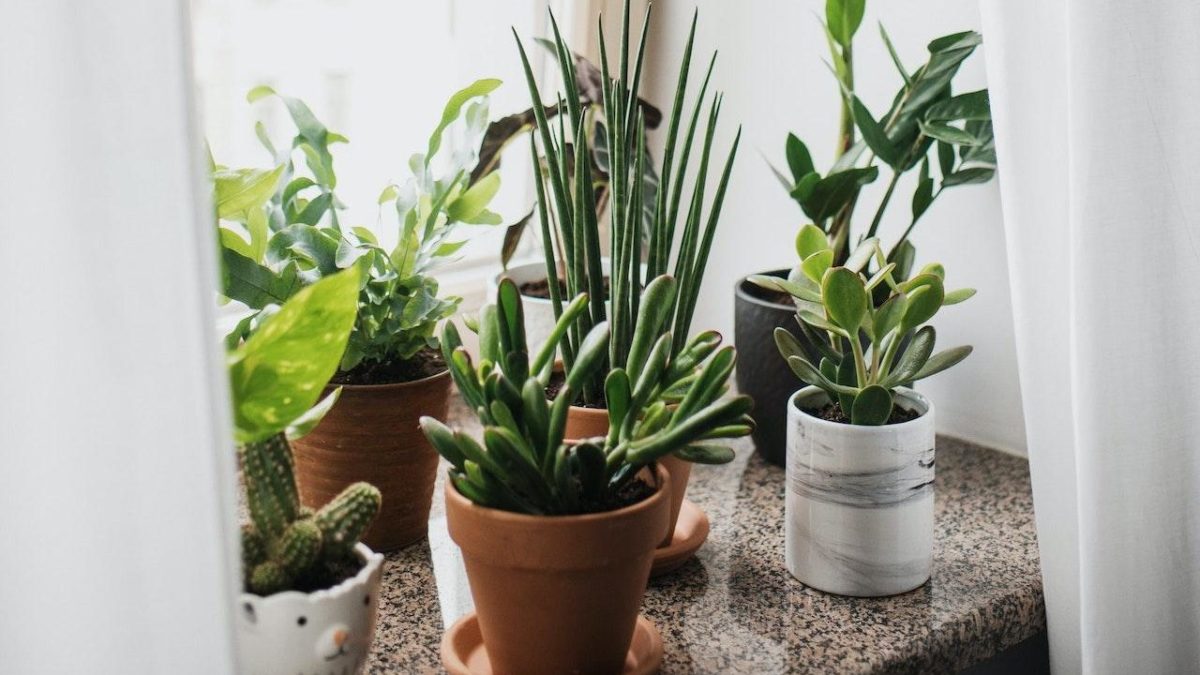
[…] 4 days ago 14 min read […]